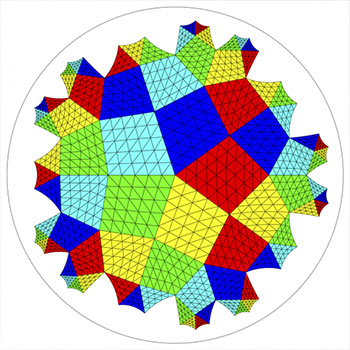What are the moles of substances present at equilibrium at 450^oC if 1 mol N_2 and 4 mol H_2 in a 10 L vessel react according to the following equation? N_2(g) + 3H_2(g) rightleftharpoons 2NH_3(g)
The equilibrium constant K_c is 0.153 at 450^oC .
Thank you in advance!
The equilibrium constant
Thank you in advance!
1 Answer
Explanation:
You'll want to set this problem up in an initial, change, equilibrium problem (otherwise known as ICE box). The moles the question gives you can't be used right away since you need to work with the concentrations for equilibrium problems. By dividing the moles given by the 10 L volume.
ICE Box [
Initial
Change
Equilibrium
Then you use the equilibrium concentrations in your rate quotient (that's what
Since this equation is somewhat advanced and you may need a graphing calculator to even remotely solve this out efficiently, we are going to assume that the x value in the denominator is small or zero. This gives a rough estimate which is accurate as long as the solution of x is less than 5% of the original initial concentrations.
After checking if this x value is less than 5% of our original initial concentrations, .1 and .4 M, the x is (at the largest % since you need to check the x value with all initial concentrations) a whopping 30% of the initial concentration showing us that the x is not small at all.
After this you will subsitute the x you solved for into the denominator of the initial equation and resolve for x.
This would give you another value above 5% (and its starting to get tedious) but fear not! All you have to do from here is repeat the steps before and resubstitute the solved x value into the denominator only and solve for x yet again until you have a valid x.
Now you'll find that this is extremely inefficient and you might as well watch paint dry (yet another exciting equilibrium reaction). Your best bet is to use a graphing utility and solve for an x value that way.
By graphing, you get four x-intercepts and of the two positive intercepts, one of which is larger than an initial concentration yielding a negative equilibrium concentration (and I'm trying to keep my clean streak of avoiding black holes). Once you have an accurate x, you plug in the x to the equilibrium concentrations for your ICE box and multiply them all by the volume (10L) to get moles of substances.
Please pardon the long answer 😊

